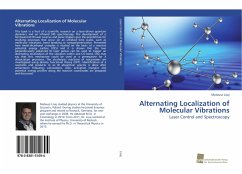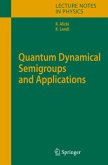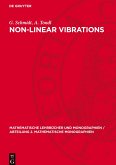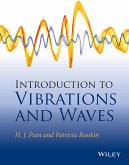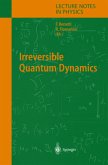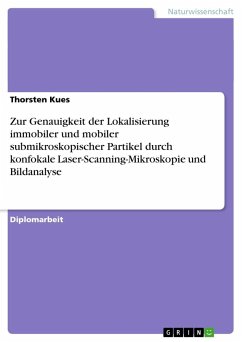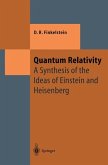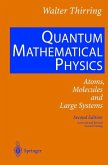This book is a fruit of a scientific research on a laser-driven quantum dynamics and an infrared (IR) spectroscopy. The development of a femtosecond IR laser sources and pulse shapers give the possibilities for studying processes that occur on an ultrafast time scales, such as molecular vibrations, bond breaking or nanopolymerization. Presented here metal-dicarbonyl complex is studied on the basis of a reactive potential energy surface (PES) and it is shown that the two perpendicularly polarized IR laser pulses can be used to trigger an alternating localization of the vibration within one CO bond. One may say that this mechanism could be used as a prerequisite for a dissociation processes. The alcoholysis reactions of isocyanates are investigated using density functional theory (DFT). Identification of a reactants and products in an IR absorption spectra is done after anharmonic frequency calculations. Also, activation energies and potential energy profiles along the reaction coordinates are prepared and discussed.
Bitte wählen Sie Ihr Anliegen aus.
Rechnungen
Retourenschein anfordern
Bestellstatus
Storno

